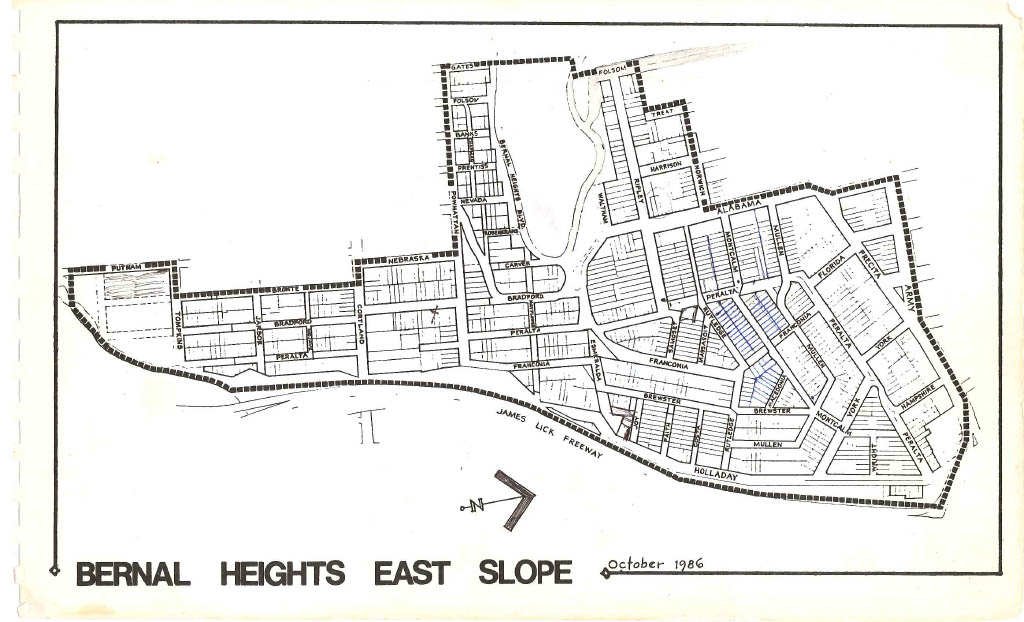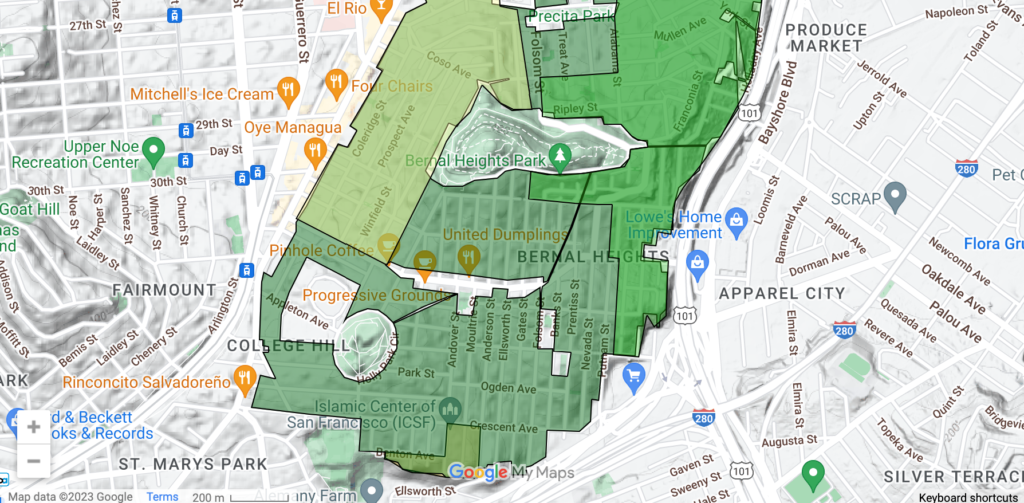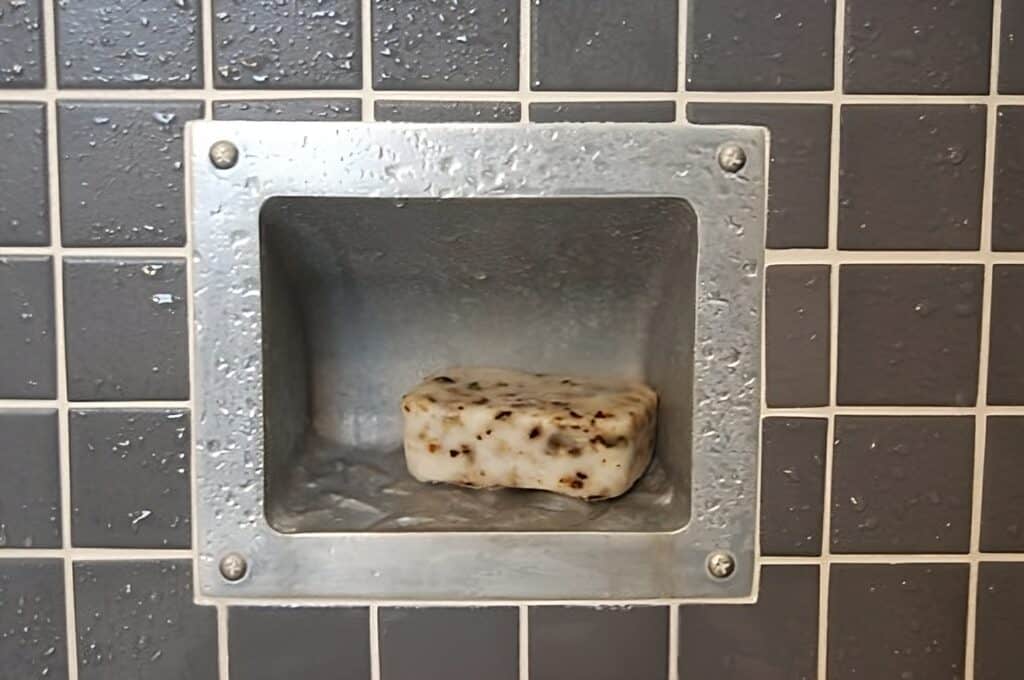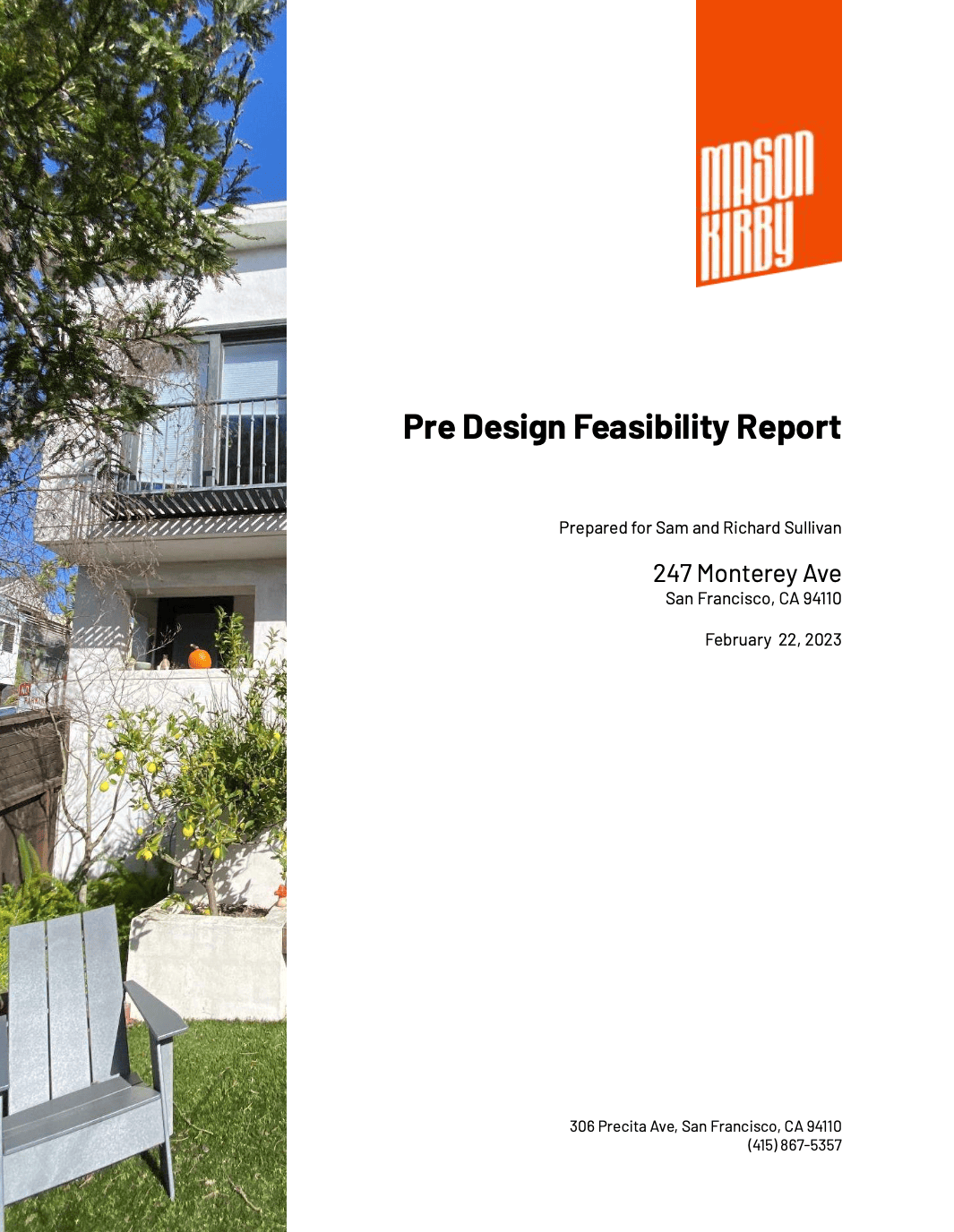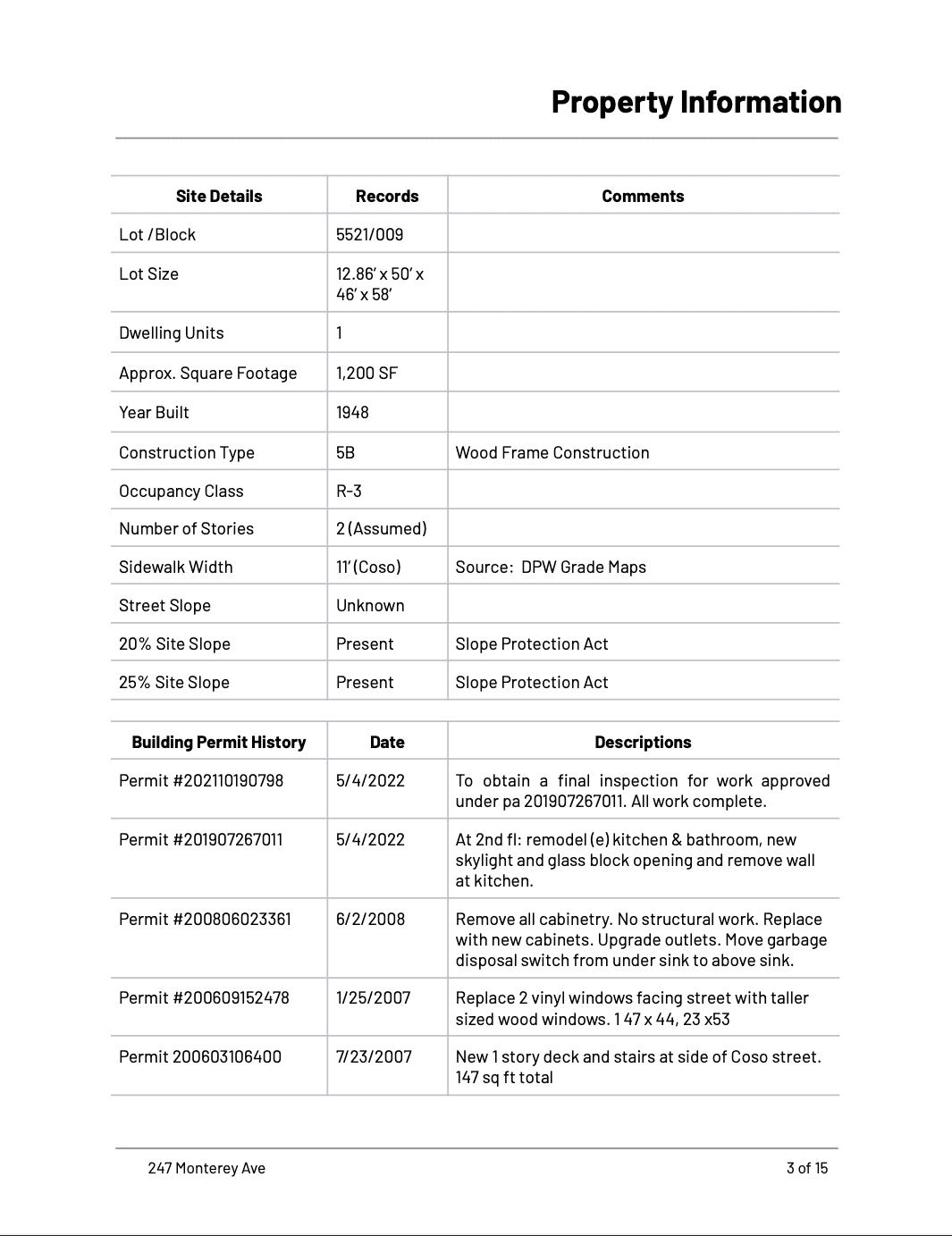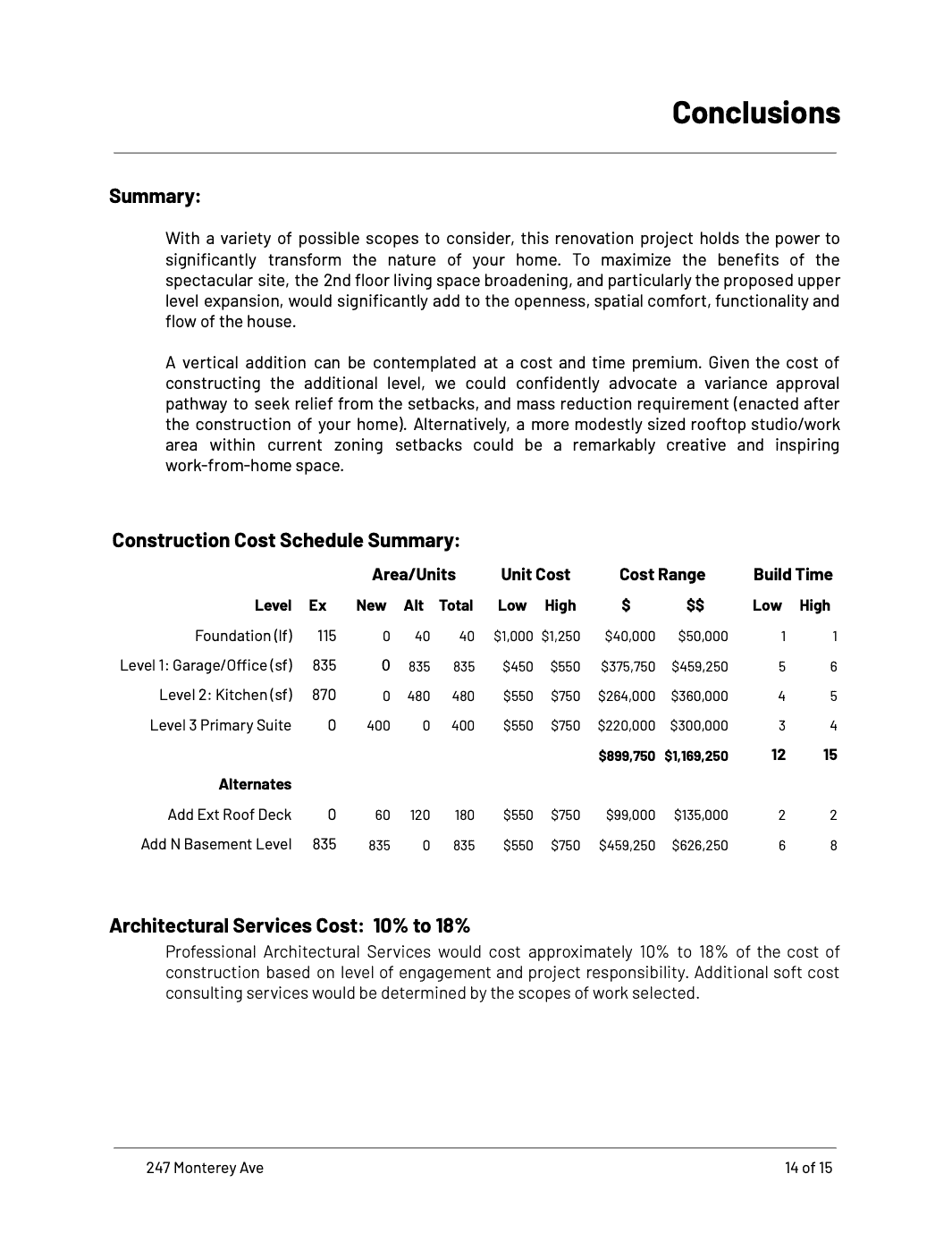Next Understanding the Average Cost per Square Foot to Build a House in San Francisco
You are here:
Home → Design & Specification → Liquefaction!
Liquefaction!
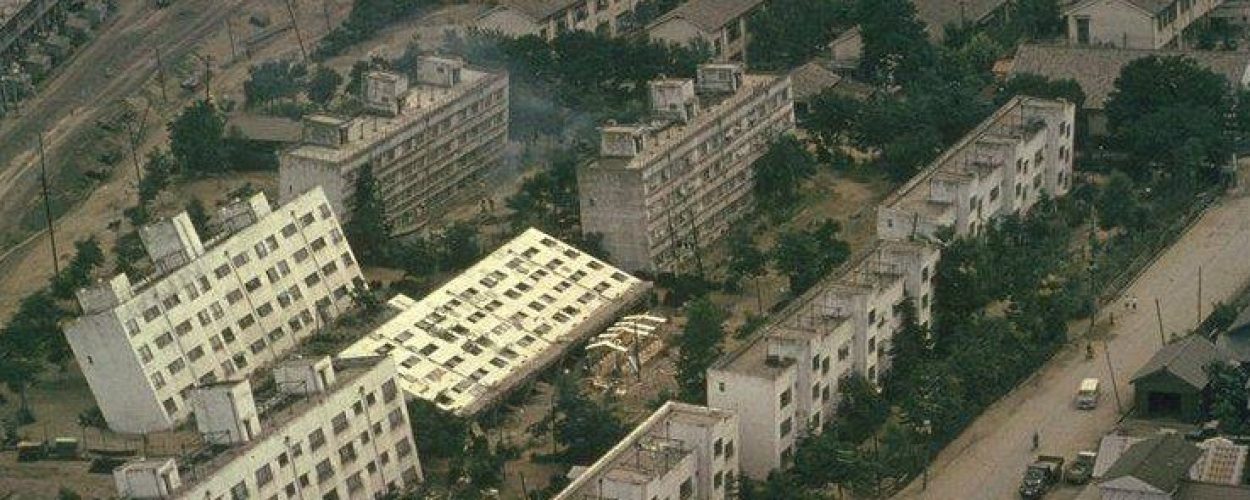
Liquefaction is when soil or sediment loses its structural rigidity and behaves like a liquid. The energy of an earthquake can cause this to happen and it will quickly render a typical typical concrete foundation useless in supporting and resolving the energy that finds its way into a home or structure. Liquefaction was a major factor in the destruction in San Francisco’s Marina District during the 1989 Loma Prieta earthquake.
Casey Chan at Sploid found this remarkable video of liquefaction in action– just not during an earthquake (when we’d be running for cover, head between legs).
Common questions on earthquake safety
A common question we receive from clients involves earthquake safety and the development of an appropriate design response. Its always a challenge to answer it because earthquake risks come in many forms that people understand (like a toppled dresser or a falling picture frame) to ones that are comprehendible (like stucco cracks or a dislocated gas line).
Seismic events
Where we run into a challenge is communicating the risks of overall building performance during a seismic event. This is due in part because, frankly, not many people are looking at the soil when a seismic event occurs– we are inside a structure, swaying or jumping– disconcerting for sure–concealed are the mechanics of how the building behaves and reacts to these forces.

SBA Liquefaction Map


